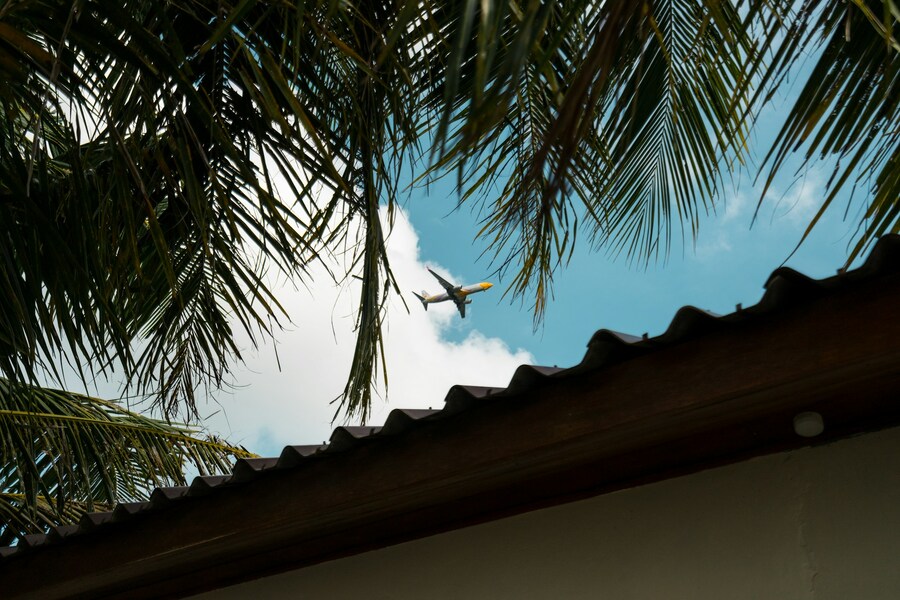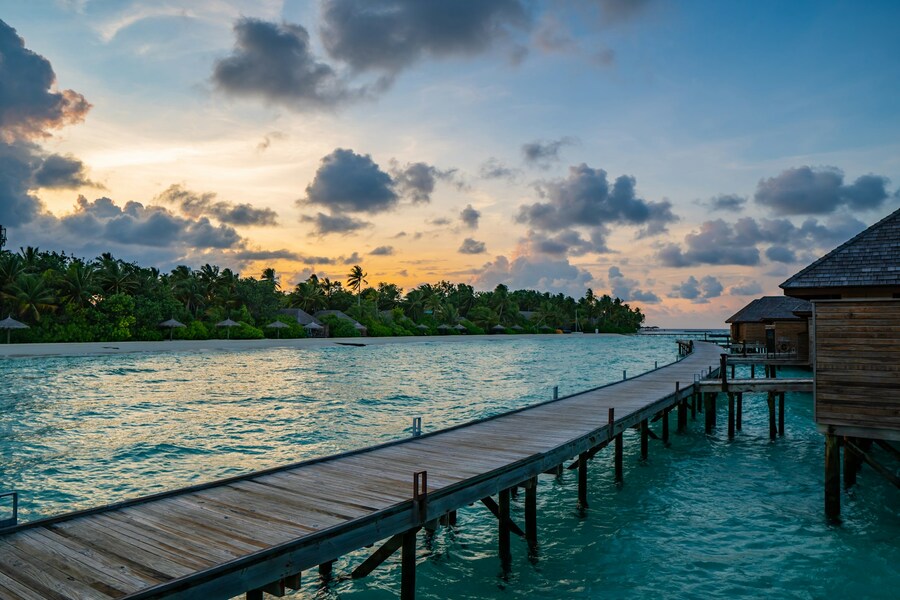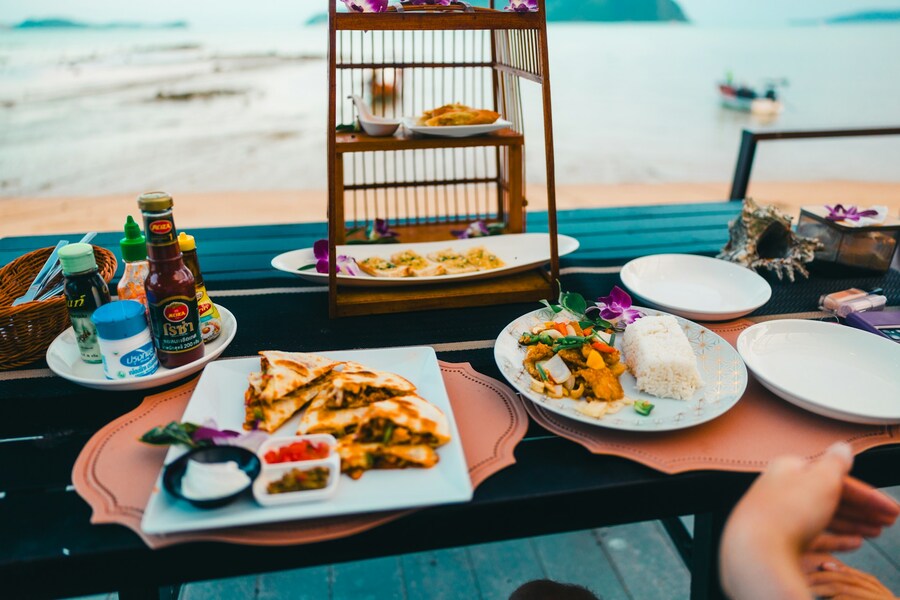The Maldives, a scattered jewel box of coralline islands set adrift in the vast expanse of the Indian Ocean, stands as the quintessential definition of tropical escapism. This nation, composed of 26 natural atolls forming a delicate chain, offers an unparalleled blend of blindingly white sand, startlingly clear turquoise lagoons, and marine biodiversity that rivals the planet's greatest aquariums. It's a destination that transcends a simple vacation; it's an experience meticulously crafted around luxury, tranquility, and natural beauty. For decades, the image of the Maldivian overwater bungalow – suspended above a crystalline lagoon – has dominated global travel fantasy boards. Yet, beyond the perfect scenes lies an engaging destination that requires careful planning to fully appreciate. This comprehensive manual delves deep beneath the surface, providing all the essential knowledge needed to navigate the nuances of planning an unforgettable journey to this remote equatorial paradise, from logistics to the ideal resort experience. Your Maldivian dream starts now!
Table of contents
- How to reach the Maldives?
- When's the prime time to hit the Maldives?
- How long should you chill in the Maldives?
- Who should totally visit the Maldives?
- Where to crash in the Maldives?
- What's on the menu at resorts?
- What fun stuff can you do at resorts?
Ready to go? Let's unlock the secrets to seamless planning for your ultimate Maldivian escape!
How to reach the Maldives?

Source: set.sj/Unsplash
The journey to the Maldives commences with a flight to Velana International Airport (MLE), located on Hulhulé Island, adjacent to the capital city of Malé. This is the sole international gateway to the archipelago, and due to the islands' remote location, flights often involve at least one stopover, with major hubs in the Middle East and key Asian cities serving as primary transit points from Europe and the Americas. Long-haul travel requires significant planning even before reaching the departure gate. For instance, securing reliable airport daily parking is a crucial logistical first step. Planning this aspect of the journey early can save considerable stress and money. Travelers focused on value often seek out resources like cheap airport parking coupon deals to mitigate the ever-increasing airport parking prices that plague major terminals. A specialized resource like ParkingNearAirports.io offers convenient services including off-airport parking reservations, which can ensure that your vehicle is safely stored and ready for you upon your return, turning potential logistical headaches into a seamless start to your holiday.
Once you arrive at MLE and clear customs – a swift process, as the Maldives offers a visa on arrival for most nationalities – the true Maldivian transfer experience begins. The islands necessitate further travel to your specific resort. Transfers are generally pre-arranged by your resort and fall into three distinct categories, based on the distance of your accommodation from the international airport. For islands in the North and South Malé Atolls, a simple, swift speedboat transfer is the most common and economical method. For mid-range distances, the iconic seaplane offers a quintessential Maldivian experience: a low-altitude flight providing breathtaking aerial views of the scattered atolls, landing directly on the water near your resort's jetty. Finally, for resorts situated on the far-flung atolls, a domestic flight to a regional airport, followed by a speedboat connection, is required. It's imperative to coordinate all transfer details with your chosen resort well in advance, as these inter-island connections don't operate 24 hours a day and are a significant, non-negotiable component of the overall travel cost.
When's the prime time to hit the Maldives?
Timing is perhaps the single most important variable in planning a successful trip to the Maldives, directly influencing everything from resort prices to the clarity of the ocean water. The islands experience two primary monsoons, which dictate the rhythm of the travel seasons. The ideal period, known as the "high season" or dry season, stretches from November through April. During these months, the islands are dominated by the northeast monsoon, bringing consistently sunny days, lower humidity, and minimal rainfall. The seas are exceptionally calm, offering maximum visibility for diving and snorkeling, making it the perfect time to witness the vibrant coral reefs and abundant marine life. Naturally, this superior weather comes with a premium, and resort prices peak significantly, especially around the major international holidays. Booking well in advance is often necessary to secure the best accommodations during this prime window.
Conversely, the "low season" runs from May to October, characterized by the southwest monsoon. This period brings higher humidity, greater chances of overcast skies, and intermittent heavy rainfall, often occurring in brief, dramatic bursts. However, it's crucial to understand that even during the low season, extended periods of sunshine are common; the weather is never entirely predictable and rarely ruins an entire holiday. This season offers substantial financial advantages, with many resorts dropping their rates by 30 to 50%, presenting a fantastic opportunity for budget-conscious luxury travelers. The period immediately bridging the two, typically late April and early November, is considered the shoulder season, offering a compromise of good weather odds at slightly reduced prices. While the low season brings larger swells, it also attracts specific marine life, like manta rays and whale sharks, to certain atolls, transforming it into the high season for dedicated underwater enthusiasts.
How long should you chill in the Maldives?
The idyllic pace of Maldivian life encourages longer stays, allowing travelers to fully decompress and truly settle into the rhythm of the ocean. While it's certainly possible to squeeze in a brief escape, the logistical reality of the long-haul flight and the time-consuming nature of the inter-island transfers mean that anything less than four nights feels rushed and counterproductive to the goal of relaxation. Therefore, a bare minimum stay of four nights is generally recommended to account for the travel time on both ends and allow for 3 full days of enjoyment.
The sweet spot for a comprehensive and relaxing Maldivian experience, however, is a duration of seven nights. A week allows for a perfect balance between active exploration and languid downtime. It provides enough space to recover from jetlag, dedicate several days to water activities, such as advanced snorkeling excursions or introductory scuba diving, and still have ample time to simply recline by the pool or on the deck of a water villa without feeling the need to constantly be doing something. For those who wish to sample the different flavors of luxury the Maldives offers, a 10-night trip is ideal, facilitating a comfortable two-resort split – a popular itinerary structure. Splitting a stay allows guests to experience diverse resort philosophies, perhaps contrasting a vibrant, larger, family-friendly island with a more intimate, boutique adult-only sanctuary. When planning a split stay, one should allocate extra time and budget for the transfer between resorts; selecting two properties within the same atoll can significantly reduce both the transit time and the associated cost.
Who should totally visit the Maldives?

Source: Shai Pal/Unsplash
The prevailing narrative often paints the Maldives as an exclusively romantic destination, the ultimate honeymoon retreat synonymous with candlelit dinners and isolated serenity. While this characterization holds true – the seclusion offered by the one-island-one-resort concept makes it a sanctuary for couples celebrating a new beginning or seeking reconnection – the Maldives is, in reality, a remarkably versatile destination catering to a much broader demographic spectrum. It's a place that thrives on the promise of bespoke experiences, meaning it can be tailored to suit virtually any traveler profile.
For families, many resorts have embraced a comprehensive model, featuring outstanding kids' clubs, shallow lagoons perfect for safe swimming, and dedicated family villas often equipped with multiple bedrooms and private pools. These properties understand that a successful family holiday requires dedicated activities for younger guests, freeing parents to enjoy their own relaxation. Adventurers and solo travelers, though less common, find the Maldives an unparalleled base for watersports. World-class dive sites, surf breaks, and thrilling jet-ski excursions are widely available, proving that the islands offer more than just quiet contemplation. The vibrant house reefs, often accessible directly from the villa deck, provide endless, self-guided snorkeling opportunities for those seeking low-effort interaction with marine life. Moreover, a growing segment of the market consists of small groups of friends or multi-generational families who utilize the larger, exclusive-use residences now available, splitting the cost of ultra-luxury accommodation. The modern Maldivian experience has successfully diversified, shedding its strict honeymoon-only image to become a globally recognized haven for wellness, family fun, and sophisticated adventure tourism.
Where to crash in the Maldives?
The choice of accommodation defines the entire Maldivian holiday, making the selection process the most crucial planning decision. With over 150 resort islands, each operating as an independent universe, the market offers a dizzying array of options across a vast budget spectrum. The primary decision revolves around two fundamental choices: the type of island and the style of accommodation. The two main accommodation types are the famed overwater villa and the beach villa. The overwater villa, suspended on stilts above the lagoon, is the icon of the Maldives, offering direct ocean access via a private deck, glass floor panels to view the marine life, and unmatched privacy. The beach villa, conversely, provides direct access to the soft white sand and is often larger, making it ideal for families. While water villas offer the novelty, beach villas are often much larger and provide a tangible connection to the island's lush greenery and beachside life.
Choosing the right resort involves assessing several key factors beyond just the villa type. Firstly, the meal plan is critical. Options range from Breakfast Only (BB) to Full Board (FB – all three meals) to the increasingly popular All-Inclusive (AI), which bundles meals, drinks, and sometimes activities. Given the isolation of the resorts and the high cost of à la carte dining and beverages, opting for at least a Half Board (breakfast and dinner) or Full Board plan is strongly advised to keep costs predictable. Secondly, the quality of the house reef is essential for marine enthusiasts. Some resorts boast vibrant, easily accessible house reefs teeming with fish, while others require boat excursions to reach prime snorkeling spots. Researching the resort's location and its proximity to drop-offs and coral gardens is highly recommended for divers and snorkelers. Lastly, the island's atmosphere varies dramatically. Some islands are large, featuring multiple dining venues, bustling jetties, and organized evening entertainment, catering to an energetic clientele. Others are tiny, focusing on quiet, intimate experiences, ideal for those seeking absolute solitude. Budget is the final arbiter, with ultra-luxury brands pushing costs past several thousand dollars per night, while mid-range and four-star properties provide stunning experiences in the $500-$1000 per night bracket.
What's on the menu at resorts?
The culinary scene in Maldivian resorts is a sophisticated international showcase, moving far beyond basic island cuisine. Recognizing that guests are "captive" on their private islands, resorts prioritize diversity and quality, often featuring multiple dining venues. Typically, this includes an expansive main international buffet, which serves as the hub for Full Board and All-Inclusive plans, alongside several specialty à la carte restaurants offering cuisine, such as Japanese, Italian, or fine seafood. A key strength is the remarkable dietary flexibility; chefs are highly skilled at catering to all allergies, vegan, and vegetarian requirements, making it essential to inform your resort upon booking. Beyond standard restaurants, signature experiences include ultra-romantic private dining options, such as candlelit dinners on a secluded sandbank or unique "destination dining" in unusual spots like hidden jetties. The beverage programs are equally refined, ensuring the gastronomy is a world-class, seamless part of the overall luxury holiday experience.
What fun stuff can you do at resorts?

Source: Ali Kazal/Unsplash
The resorts offer a comprehensive array of activities that balance deep relaxation with thrilling adventure. The main focus is the marine environment, with complimentary snorkeling gear available for guests to explore vibrant house reefs right off their villa. For deeper exploration, PADI-certified dive centers offer courses and daily excursions to world-renowned sites to see manta rays and other large marine life. Water sports centers provide both leisurely options like paddleboarding and kayaking, and high-energy thrills, such as jet-skiing and parasailing. On land, the emphasis is on wellness and culture; nearly all resorts feature a world-class SPA, frequently with overwater treatment rooms. Cultural experiences include sunset cruises aboard a traditional dhoni boat, cooking classes, and excursions to local inhabited islands. Overall, whether guests seek adrenaline, cultural immersion, or simply an afternoon of yoga overlooking the ocean, the resort amenities cater to all interests.
Conclusion
The Maldives is more than a fleeting holiday; it's a masterclass in restorative travel. It demands a commitment in time and resources, yet the return on investment – in terms of tranquility, natural beauty, and unforgettable memories – is arguably unmatched globally. Success in planning this journey lies in thorough research, focused on aligning the resort's distinct personality with the traveler's specific goals. Whether seeking an isolated romantic retreat, a sophisticated family adventure, or an immersive diving expedition, the Maldivian archipelago holds a crystalline key to paradise. Embrace the journey, accept the isolation, and prepare to discover the enduring, magnetic charm of these remote islands. We wish you a fantastic journey!






